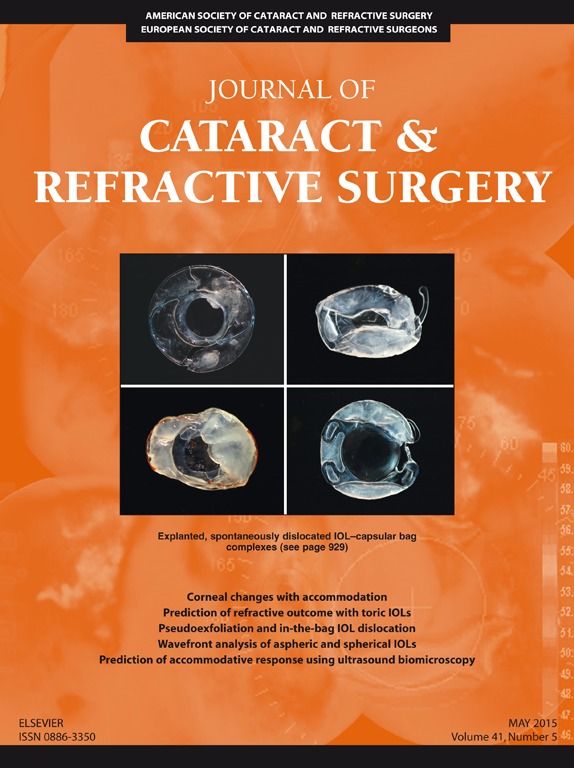
Ultimately, the research and innovations implemented by Dr. Andrew Holzman means that patients are less likely to experience serious side effects and complications after they have undergone LASIK surgery.
Taking Epithelial Disruption and Other Complications Seriously
Epithelial disruptions, or flap complications, can occur after LASIK surgery. During the LASIK procedure, a flap is created on the topmost layer of the cornea (the epithelium). This flap might heal improperly, resulting in discomfort and poor vision. Examples of these flap complications include epithelial ingrowth, diffuse lamellar keratitis (DLK), and flap melt. Generally, research showed that patients older than 34 were 4.4 times more likely to experience epithelial disruptions.
Epithelial disruptions became less of a worry with the development of bladeless, all-laser LASIK techniques. Yet Dr. Holzman and his colleagues felt there was more that could be done to further reduce the potential of a flap complications following LASIK surgery.
Careful Pre-screenings and Consultations
The consultation process is a crucial first step in avoiding any LASIK complications. The patient’s eyes should be thoroughly examined, and multiple tests should be performed to determine if the patient is a suitable candidate for LASIK. The surgeon should also carefully evaluate the patient’s medical history.
Approximately 80 percent of patients are ideal candidates for LASIK surgery, and rigorous pre-screenings will help the surgeon identify any potential for serious complications. For the 20 percent of patients who are poor candidates for LASIK, the team at Dr. Holzman can discuss alternatives, including both surgical and non-surgical treatment options.
Pre-operative Hyperosmotic Therapy
One of the key innovations in Dr. Holzman’s approach to pre-operative care is the use of a special hyperosmotic ointment. Patients use this hyperosmotic ointment in the week leading up to their LASIK procedure. When placed at night and used as instructed, the hyperosmotic ointment helps prevent a number of LASIK complications, epithelial disruption among them.
Dr. Holzman’s research involved 248 patients who agreed to assist in the study. The patients were instructed to use the hyperosmotic ointment on just one eye in the week leading into surgery. Based on the findings of this test group, Dr. Holzman concluded that the use of hyperosmotic ointment a week prior to LASIK reduced the chances of epithelial disruption by 40 percent.
Attentive Post-op Aftercare and Instructions
In addition to providing excellent pre-op consultations and care, Dr. Holzman also provides post-op care for LASIK patients. This includes comprehensive instructions for the at-home recovery process and regular follow-up visits to monitor healing and discuss any concerns that LASIK patients may have.
This focus on pre-op care, state-of-the-art surgical techniques, and post-op care can help ensure the safest LASIK surgery possible. Dr. Holzman and his team will continue to innovate and research ways to improve the results of refractive surgery.



